
Members of PVI's ArteVism Fellowship cohort Joshua Slack
The Pan Valley Institute ArteVism Fellowship Cohort recently made a trip to Oakland to visit 67 Sueños, one of AFSC’s programs in Oakland. Although the Central Valley and the Bay Area may share the same state, the cultural differences and similarities cannot be overstated. Through this visit, the PVI ArteVism Team was able to learn more about the work that goes on in Oakland and how to apply that to our own work in the Central Valley.
Shortly after arriving in Oakland, we were picked up by Ericson Amaya, the Lead Organizer of 67 Sueños, who drove us to their office located within the city. On our way there, we were able to witness firsthand the type of conditions that the young people in the city face, most particularly run-ins with law enforcement.
Ericson had informed us of the increase of crime and lack of institutional change that has been affecting the city for quite some time. This background knowledge of what is going on in the city helped us to understand the work that 67 Sueños has been implementing diligently.
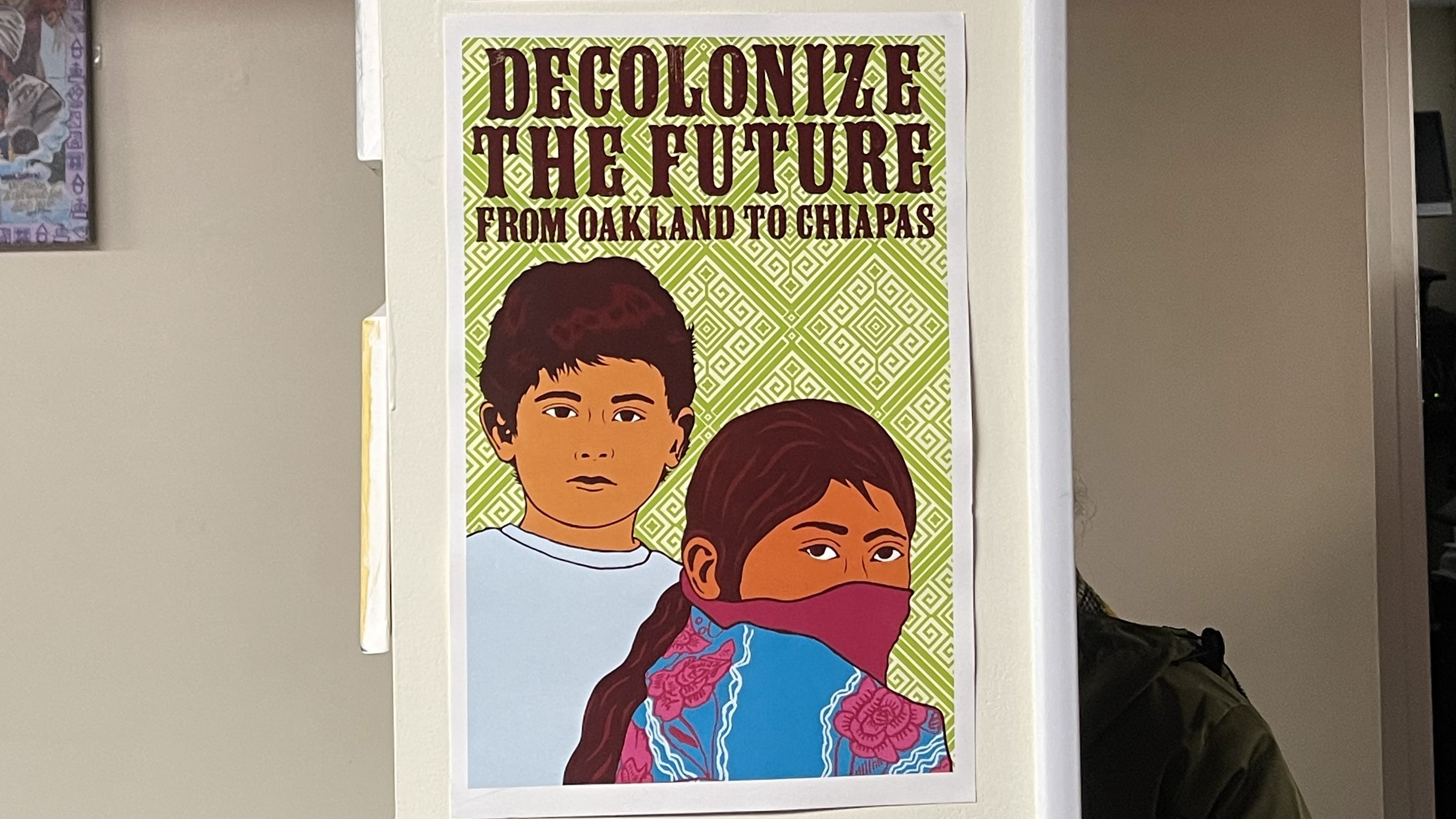
Joshua Slack
As we arrived at the 67 Sueños office, we were greeted by Jacqueline Garcia-Martinez, the Program Director. We were then given a tour of the office that was filled with many different forms of artwork, photos that documented the history of 67 Sueños, and very powerful posters – my favorite read “Decolonize The Future.”
Something that’s always struck me about Oakland is how the community and culture is very unafraid to be progressive, which is a bit of a culture shock coming from a more conservative Central Valley.
We then embarked on a tour to view just a few of the many murals that 67 Sueños has painted throughout the city of Oakland. Each of these murals were developed by the youth from start to finish. The 67 Sueños team also gave us insight into the mural painting process.
It takes anywhere from two to four weeks to complete the mural depending on the size. They also need to get approval from the building owners, who would much rather have beautiful artwork displayed than vandalism. The community demonstrates respect by not defiling any of the artwork.
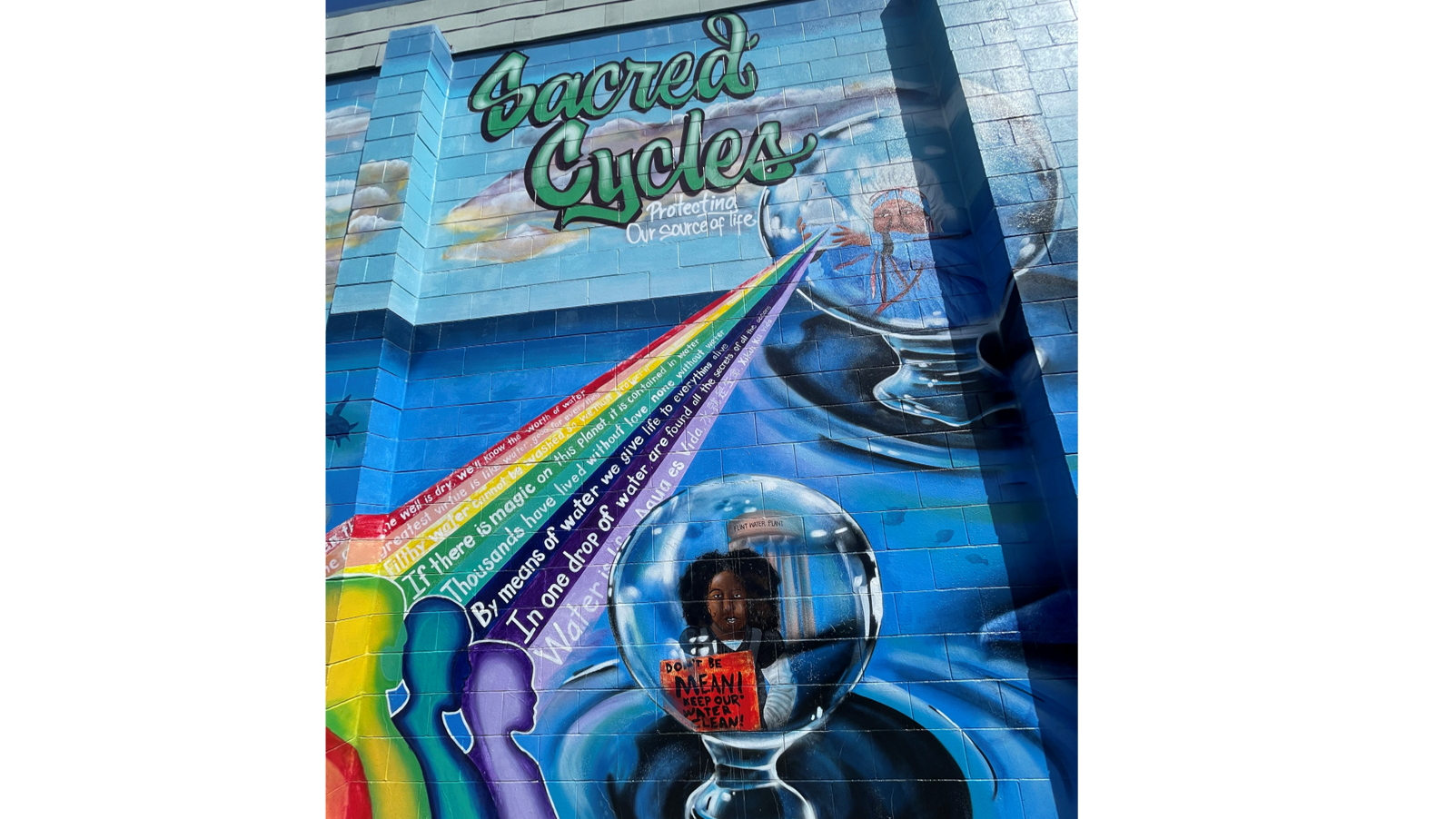
Joshua Slack
The first mural, entitled “Sacred Cycles,'' highlights the lack of access to clean water in the communities of color. Its intent is to reframe the stories of the community from a place of shame and fear to a place of pride. The mural contained multiple images of how water is healing, mysterious, beautiful and powerful.
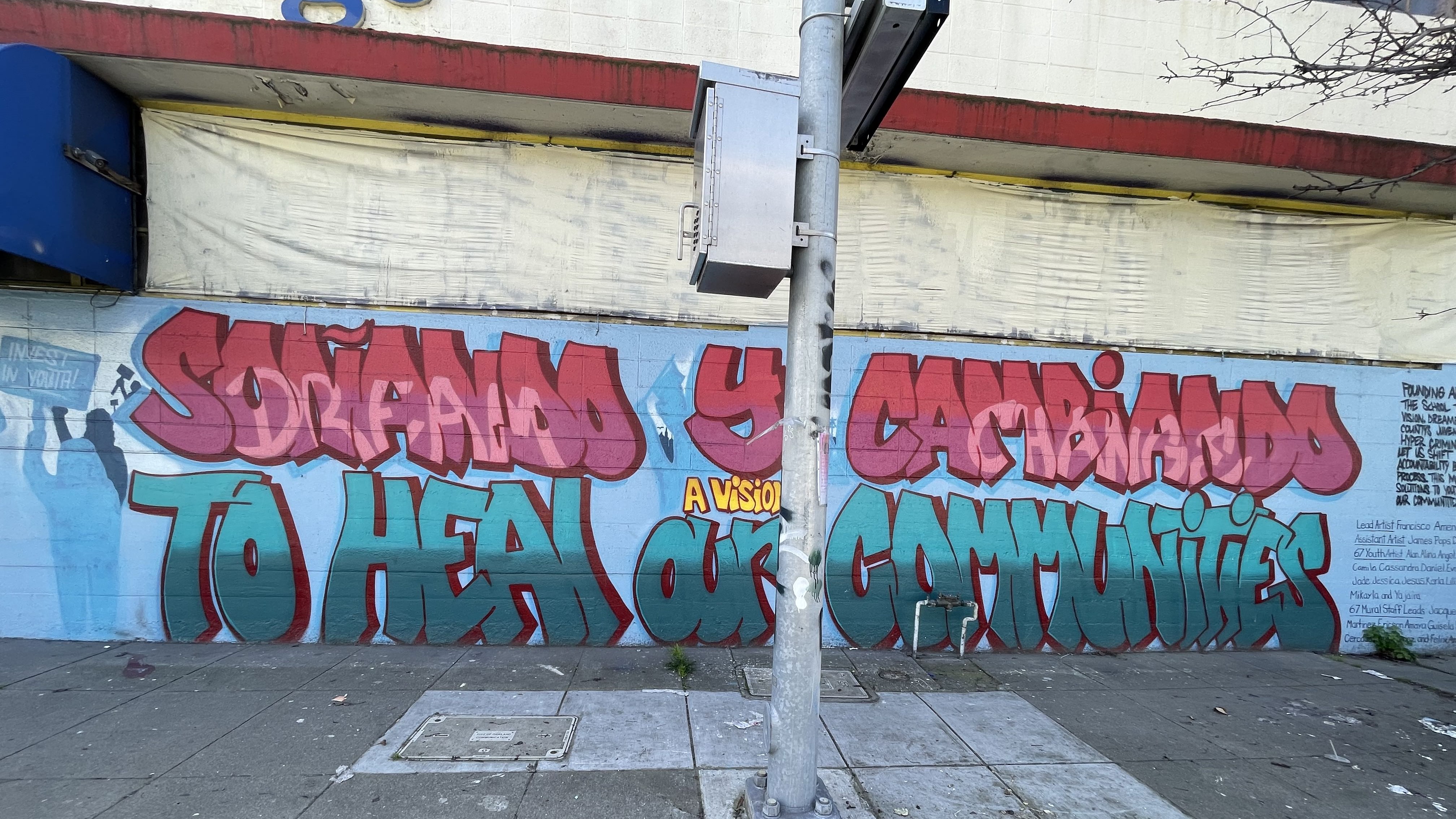
Joshua Slack
The second mural we visited, and possibly my favorite, was “Soñando y Cambiando: A vision to heal our communities.” What struck me is how bold and dense the messaging of this mural was, as it was by far the largest mural we got to see during our visit.
The mural displays images of restorative justice giving voice to victims and images of healthy relationships. It includes a tree to represent the roots of the people of Oakland and their perseverance through hardships in the city, creating just and equal learning environments, and a bold message of “Rehabilitation Not Incarceration.”
These images and many more on this large mural really stuck out to me as a display of unity, resistance and justice. The emphasis that 67 Sueños puts on art, youth culture and power as a whole cannot be overstated.
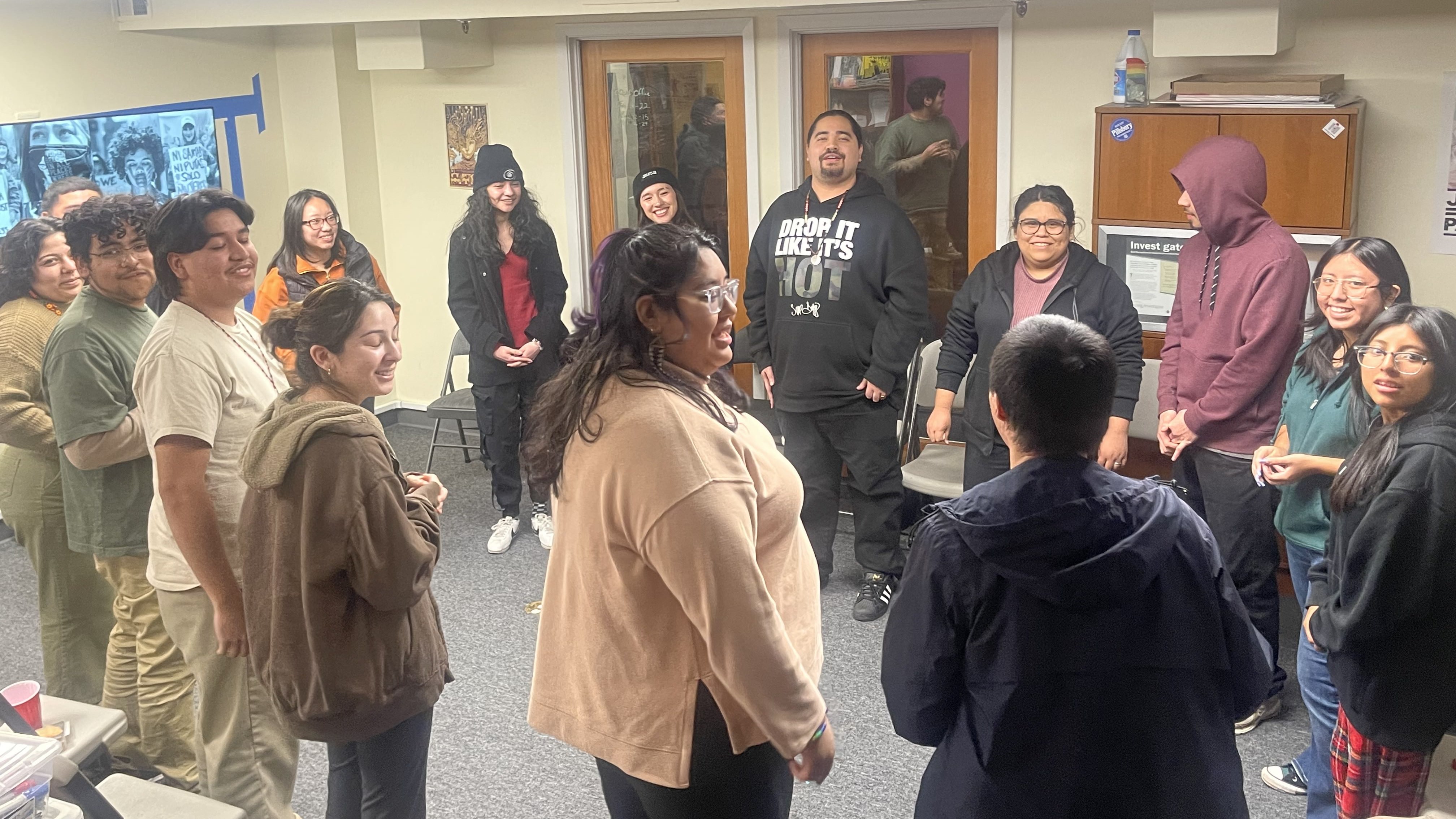
Joshua Slack
Shortly after the mural tour, the ArteVism Fellowship interns were able to be a part of the 67 Sueños HYPHY (Help Your People Help Yourself) Internship Program meeting. The HYPHY youth group learns about self-care and healing through art. They participate in local political campaigns, learn how to organize and host a fundraising event, and take part in trauma healing practices that are rooted in indigenous knowledge.
During the meeting, the ArteVism Fellowship interns and HYPHY interns were able to interact by partaking in check-ins and discussions pertaining to the issues that are prevalent in their communities and that affect them on a personal level.
The visit has inspired the ArteVism Fellowship to recognize that we deserve to see art in the Central Valley that is political -- not just for the beauty and aesthetic, but art that is truly reflective of our needs, priorities, and demands.
It is important for us to utilize our activism through creativity and art as a form of expression, to be political, and to demonstrate popular education. We need to be very clear about demands and messaging that is bold and transformative.
A refreshing takeaway is understanding that there is power in the work that we do in uplifting our communities. While Pan Valley Institute is no stranger to murals as a form of resistance, it was refreshing to see just how impactful the work of the murals in the city of Oakland has had on the youth and community.
This was an incredible time for the PVI team to continue deepening relationships and building stronger connections with other organizers, artists and among one another in PVI. While the Central Valley is not primarily known for the arts and activism, this visit to Oakland has inspired the ArteVism team to change that.
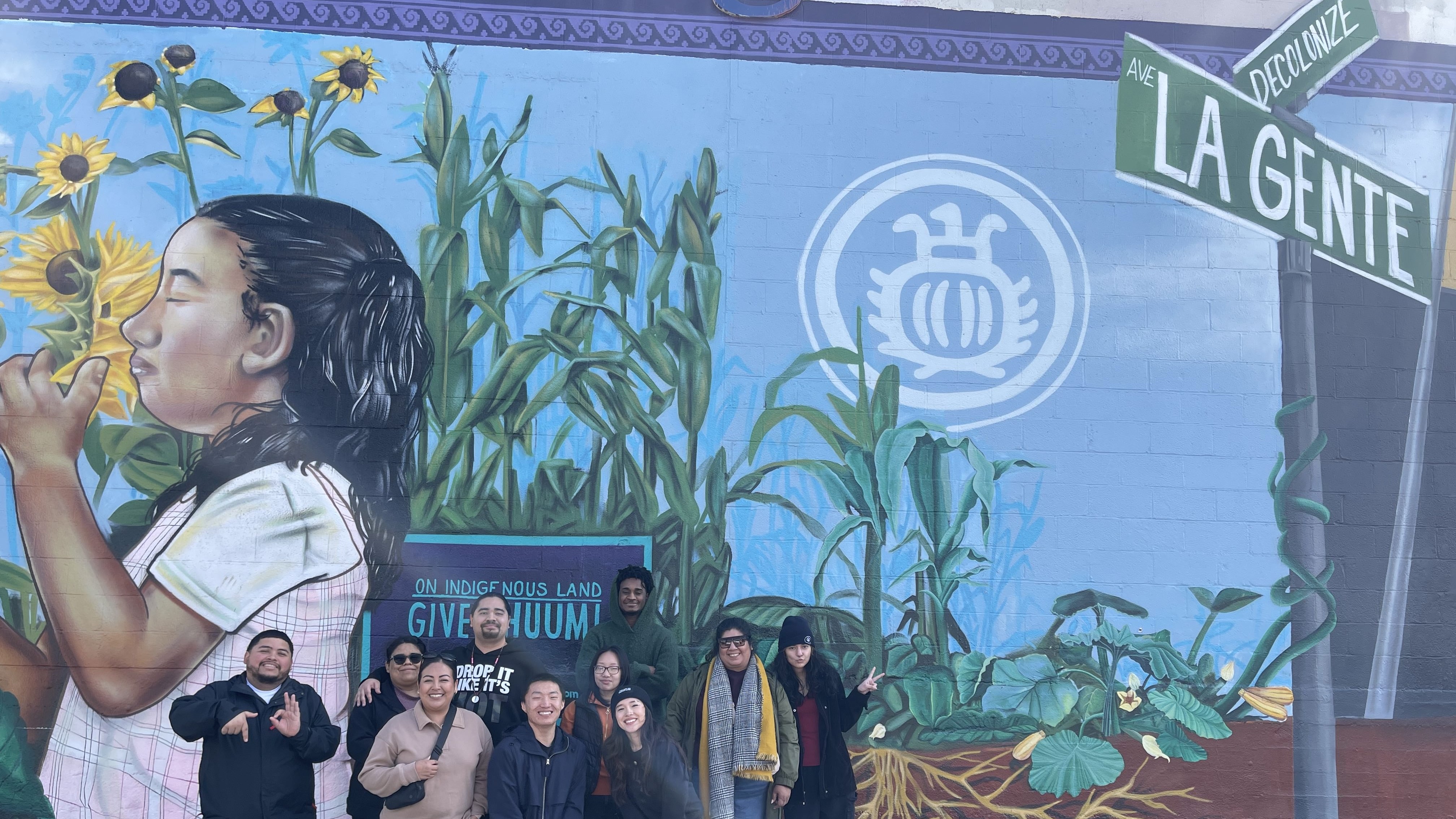
Catalina Lara